Imitation of life: our electronic friends
- Transfer
Pets are cool. But if you are too lazy, busy or suffer from an allergy to real pussies, then there is a digital alternative especially for you. These animals found their home in computers, in eggs, or even roam the floor, similar to living prototypes.
Let their souls be completely digital - this could not stop buyers from caring for these creatures. Let's walk a little through the history of such gadgets.

While in 1989 the game SimCity allowed to build entire cities, the company PF Magic focused on the best friends of man. Virtual Pet, a game called Dogz, was released in 1995. Players could raise their own puppy on the screen, feed him, play with him and train him. These creatures could even study host behavior and grow over time.
Dogz was followed by Catz in 1998. In total, the company sold 1.5 million copies of these games. People fell in love with virtual pets.
Who doesn’t know him? Who did not play with him? This creation of the Japanese toy manufacturer Bandai, called Tamagotchi, allowed you to take care of your own pet and never part with it. Now I am writing about it and smell this plastic.
The toy was released in Japan in 1996, a little later it appeared in the USA and quickly won the hearts of girls all over the world. In subsequent years, many modifications of Tamagotchi came out.
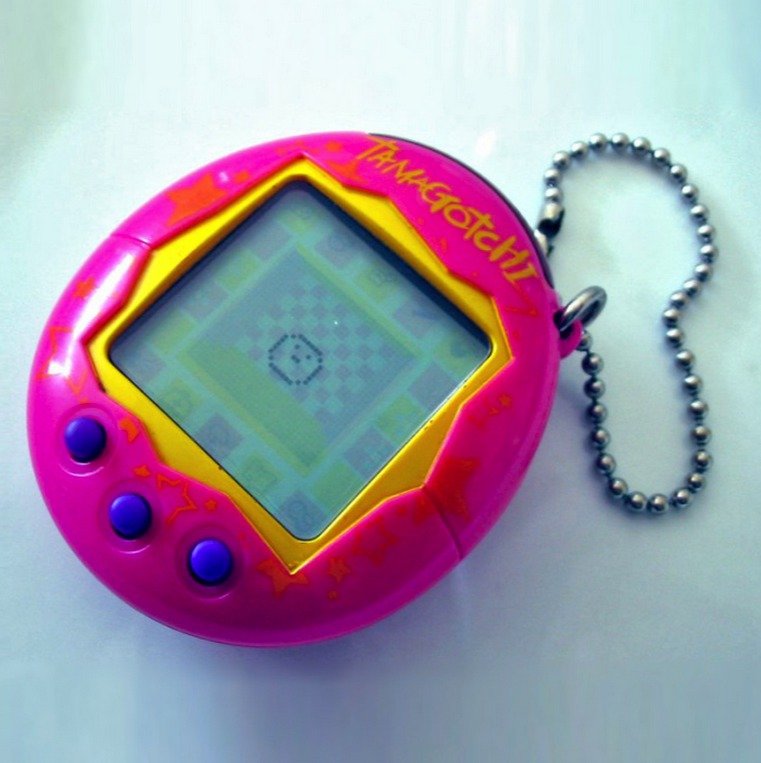
Inspired by Tamagotchi's success, companies began to overwhelm the market with their own versions of this toy. By 1998, buyers had a choice of Giga pets, Nano pets, Virtual pets and Rakuraru Dinokuna, filled with babies, puppies, kittens and dinosaurs who squeaked from each desk in the classroom.
Bandai released Digimon, i.e. Digital Monsters. Instead of caring for animals, it was now possible to train them to fight in deadly battles. On the video is an advertisement for this game.
The craziness about virtual pets slowly faded away, moving from tweeters and monochrome displays to slightly more realistic creatures. In 1998, Furbi appeared on sale.
This fluffy interactive robot responded to touch with a blink, spoke its own language, and could even learn human speech. He could also communicate with himself, using an infrared sensor to search for those nearby.
In just a year, millions of these toys were sold. So she became the "number 1 toy in the world." By the way, even in the Japanese ranking of the Top 10 best toys, she took her place, being in it the only non-video game.
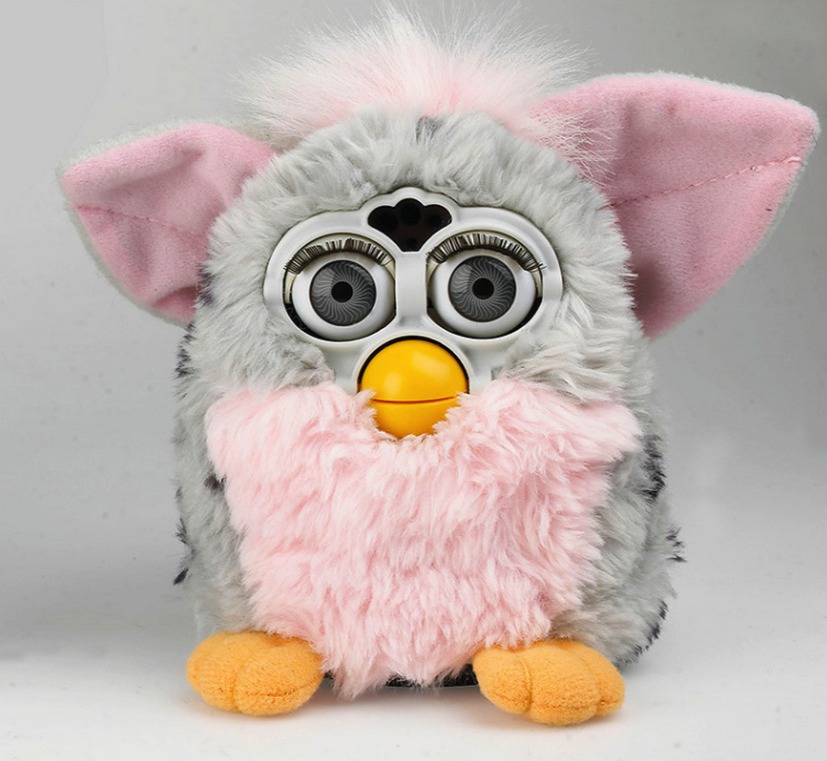
In 1999, Sony released a limited series of AI copanions, AIBO (Artificial Intelligence roBOt). This puppy could walk, talk, move its tail and head, use various sensors and software to respond to external factors. He could even convey emotions such as anger or joy with the help of LEDs in different colors.

Two years passed, and Sony released the second generation of AIBO. Now the dog has a broader outlook in terms of transmitting emotions using LEDs, as well as touch sensors. Another pleasant thing - the puppy could be programmed so that he recognized his name and simple words.

Most digital pets are created for the game. But you can develop such a thing for therapeutic purposes.
This cutie in the photo was created in Japan specifically for such purposes. He even got into the Guinness Book of Records as "The most therapeutic robot in the world."
The kid is crammed with sensors of touch, light, sound, temperature and position, which ensures good communication with the patient. In 2003 and 2004, testing showed that this little robot helps to relax and calm down.
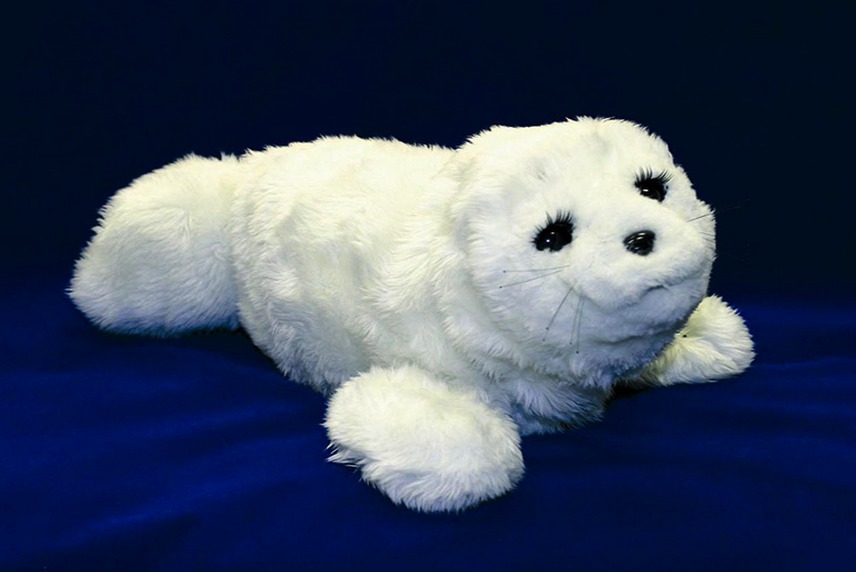
In 2005, Nintendo released an animal game for DS. Not only could the user raise and train the puppy on the console screen, but he could also share his achievements with other guys in the park using a wireless DS connection.
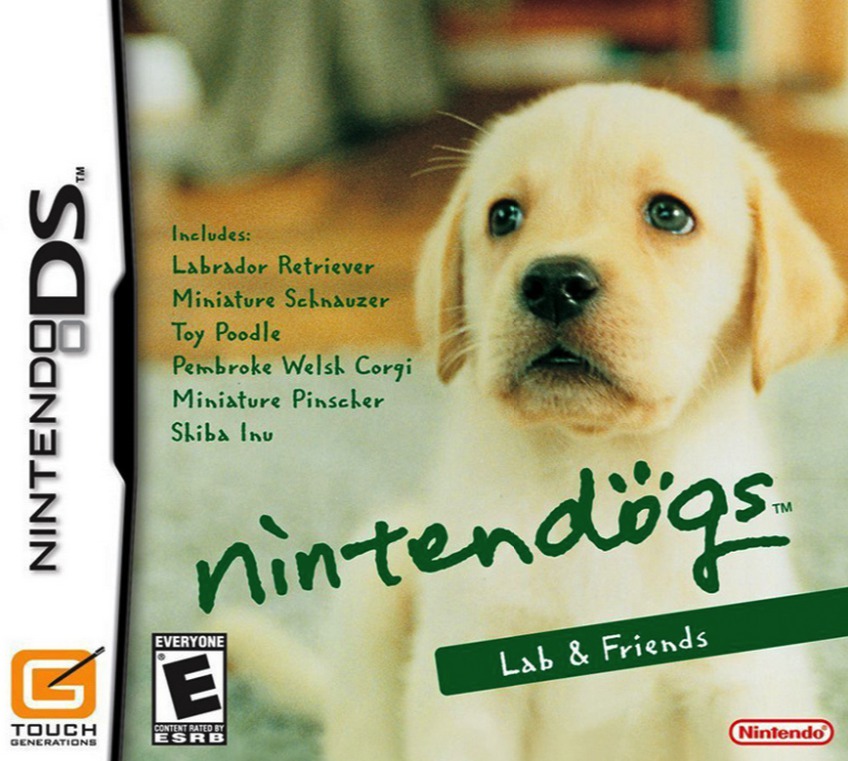
What kind of pokemon is that? - you ask. This is a rabbit, not a pokemon. This thing connects to WiFi and can read you mail, newspaper headlines, wake you up in the morning and chat with other Nabaztags (yes, his name is Nabaztag) around the world.
In 2011, the service was closed, but the new owner of the manufacturing company released another generation - Karotz.

Pleo is a dinosaur from one of the creators of Furbi. This miniature monster has a 32-bit ARM processor, a microphone, a camera and many sensors that allow it to realistically respond to external stimuli. For example, he will try to look at his left hind leg if you touch it. And can bite a finger.
To Plio was happy, you need to take care of him.
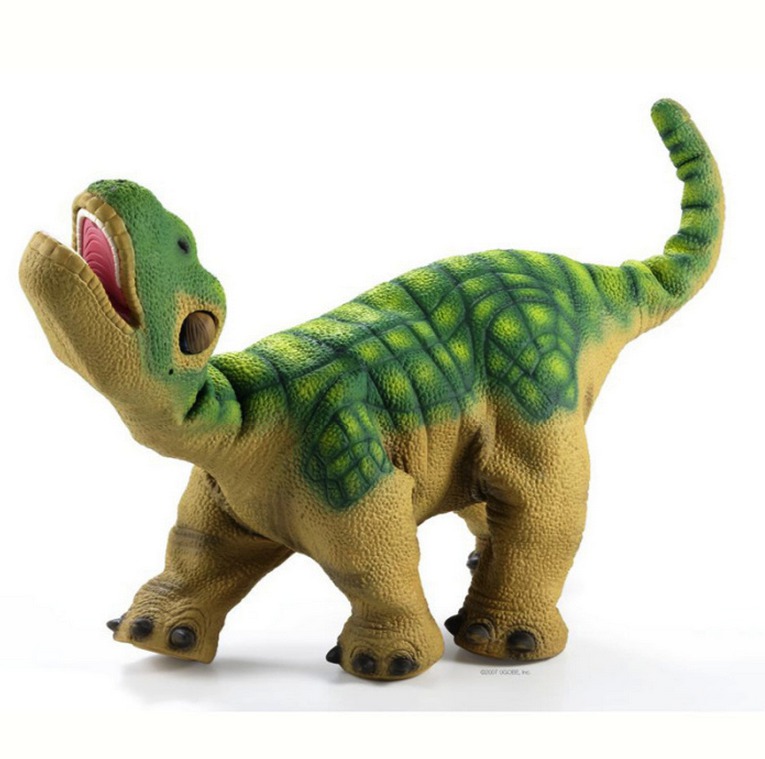
Released in 2007, Chumby boasted a touchscreen and the ability to display photos on Flickr, a Google calendar and be an alarm clock.
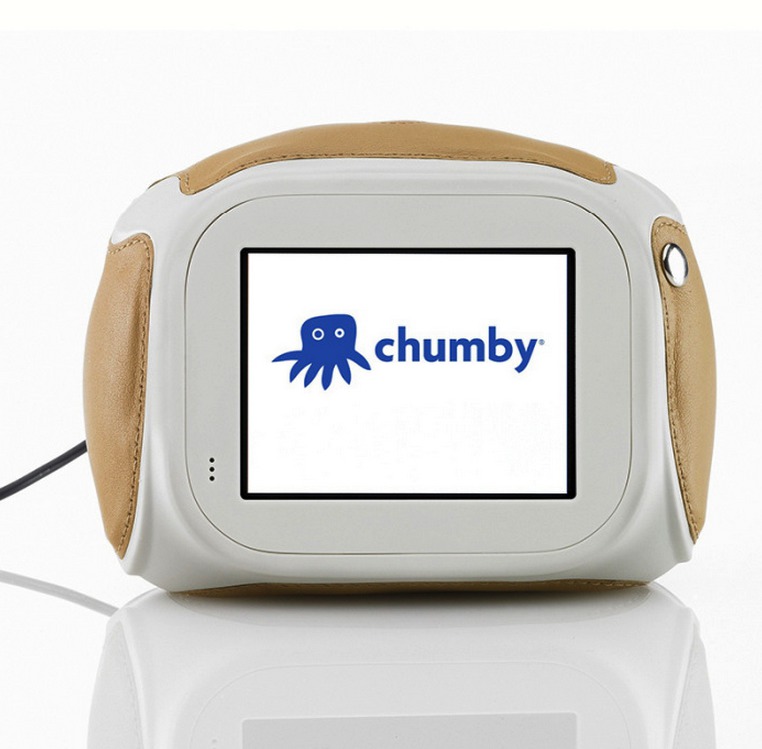
Released in 2009, Yuruppy wanted Tamagotchi's fame. For more convenient care of the animals, the gadget received a touch display. There were different versions: with a kitten, a puppy and a bird.

Romo from Romotive was the fruit of an absolutely simple idea: this is a machine on the control panel that uses your smartphone as a brain.
The project successfully raised money on Kickstarter in 2011 and in 2012 (already to expand opportunities). In addition to the fact that such a robot shows funny faces on the smartphone display, it can serve as a two-way telepresence system.
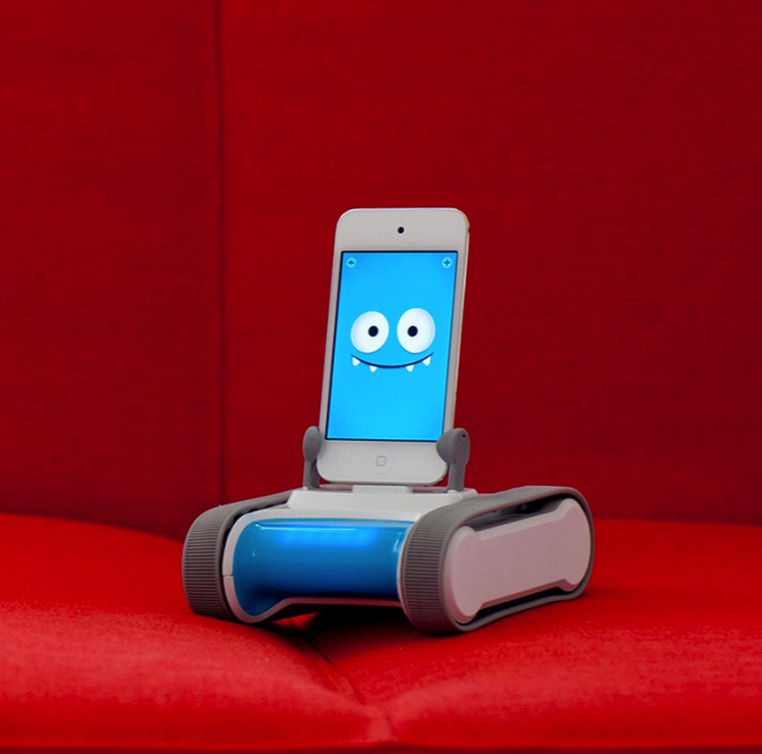
Like PARO, Keepon is created for therapeutic purposes. It is designed to help children with developmental disabilities.
An interactive model for the mass market appeared in 2011 - much later than a remotely controlled model for patients.
Like many other things, virtual pets in the last years have found their home on smartphones. In 2013, the Tamagotchi Classic application appeared. In the same year, Hatchi came out.

We are not sure whether any pets will let Apple into their Watch, but Hatchi promises to appear in Pebble smart watches soon.
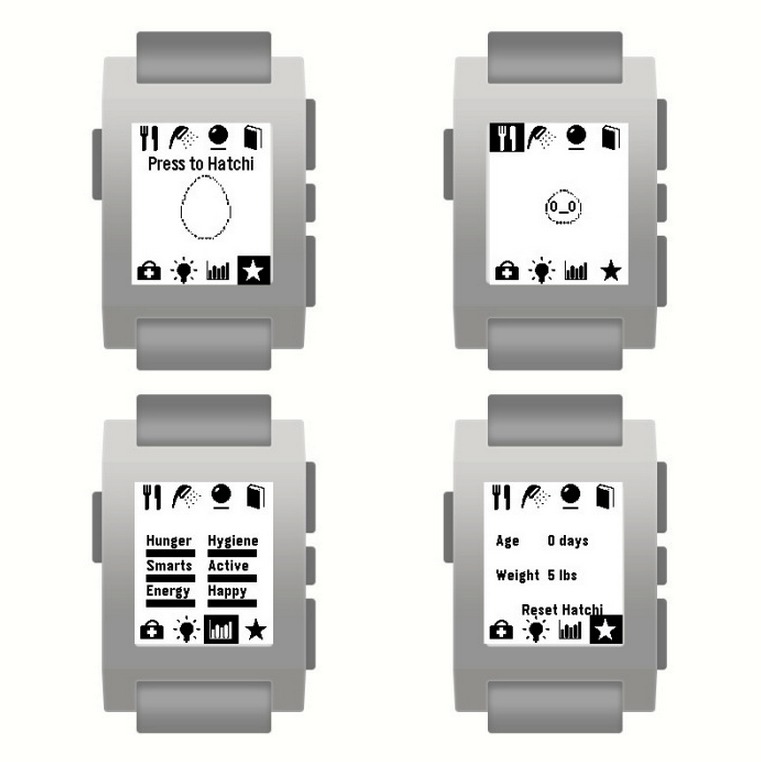
The original egg has returned. Bandai again released the classic Tamagotchi under the name Tamagotchi Friends.

Let their souls be completely digital - this could not stop buyers from caring for these creatures. Let's walk a little through the history of such gadgets.

Pets on your PC
While in 1989 the game SimCity allowed to build entire cities, the company PF Magic focused on the best friends of man. Virtual Pet, a game called Dogz, was released in 1995. Players could raise their own puppy on the screen, feed him, play with him and train him. These creatures could even study host behavior and grow over time.
Dogz was followed by Catz in 1998. In total, the company sold 1.5 million copies of these games. People fell in love with virtual pets.
The first was the egg
Who doesn’t know him? Who did not play with him? This creation of the Japanese toy manufacturer Bandai, called Tamagotchi, allowed you to take care of your own pet and never part with it. Now I am writing about it and smell this plastic.
The toy was released in Japan in 1996, a little later it appeared in the USA and quickly won the hearts of girls all over the world. In subsequent years, many modifications of Tamagotchi came out.

Virtual monsters
Inspired by Tamagotchi's success, companies began to overwhelm the market with their own versions of this toy. By 1998, buyers had a choice of Giga pets, Nano pets, Virtual pets and Rakuraru Dinokuna, filled with babies, puppies, kittens and dinosaurs who squeaked from each desk in the classroom.
Bandai released Digimon, i.e. Digital Monsters. Instead of caring for animals, it was now possible to train them to fight in deadly battles. On the video is an advertisement for this game.
Talking fur ball
The craziness about virtual pets slowly faded away, moving from tweeters and monochrome displays to slightly more realistic creatures. In 1998, Furbi appeared on sale.
This fluffy interactive robot responded to touch with a blink, spoke its own language, and could even learn human speech. He could also communicate with himself, using an infrared sensor to search for those nearby.
In just a year, millions of these toys were sold. So she became the "number 1 toy in the world." By the way, even in the Japanese ranking of the Top 10 best toys, she took her place, being in it the only non-video game.

The best rodrug of man
In 1999, Sony released a limited series of AI copanions, AIBO (Artificial Intelligence roBOt). This puppy could walk, talk, move its tail and head, use various sensors and software to respond to external factors. He could even convey emotions such as anger or joy with the help of LEDs in different colors.

Bionic Dog: The Return
Two years passed, and Sony released the second generation of AIBO. Now the dog has a broader outlook in terms of transmitting emotions using LEDs, as well as touch sensors. Another pleasant thing - the puppy could be programmed so that he recognized his name and simple words.

The most healing robot
Most digital pets are created for the game. But you can develop such a thing for therapeutic purposes.
This cutie in the photo was created in Japan specifically for such purposes. He even got into the Guinness Book of Records as "The most therapeutic robot in the world."
The kid is crammed with sensors of touch, light, sound, temperature and position, which ensures good communication with the patient. In 2003 and 2004, testing showed that this little robot helps to relax and calm down.

Nintendog
In 2005, Nintendo released an animal game for DS. Not only could the user raise and train the puppy on the console screen, but he could also share his achievements with other guys in the park using a wireless DS connection.

Rabbit net
What kind of pokemon is that? - you ask. This is a rabbit, not a pokemon. This thing connects to WiFi and can read you mail, newspaper headlines, wake you up in the morning and chat with other Nabaztags (yes, his name is Nabaztag) around the world.
In 2011, the service was closed, but the new owner of the manufacturing company released another generation - Karotz.

When a dinosaur walks through your house
Pleo is a dinosaur from one of the creators of Furbi. This miniature monster has a 32-bit ARM processor, a microphone, a camera and many sensors that allow it to realistically respond to external stimuli. For example, he will try to look at his left hind leg if you touch it. And can bite a finger.
To Plio was happy, you need to take care of him.

Chumby
Released in 2007, Chumby boasted a touchscreen and the ability to display photos on Flickr, a Google calendar and be an alarm clock.

Home zoo
Released in 2009, Yuruppy wanted Tamagotchi's fame. For more convenient care of the animals, the gadget received a touch display. There were different versions: with a kitten, a puppy and a bird.

Romo
Romo from Romotive was the fruit of an absolutely simple idea: this is a machine on the control panel that uses your smartphone as a brain.
The project successfully raised money on Kickstarter in 2011 and in 2012 (already to expand opportunities). In addition to the fact that such a robot shows funny faces on the smartphone display, it can serve as a two-way telepresence system.

Keep dancing
Like PARO, Keepon is created for therapeutic purposes. It is designed to help children with developmental disabilities.
An interactive model for the mass market appeared in 2011 - much later than a remotely controlled model for patients.
And there is an application!
Like many other things, virtual pets in the last years have found their home on smartphones. In 2013, the Tamagotchi Classic application appeared. In the same year, Hatchi came out.

Under pebble
We are not sure whether any pets will let Apple into their Watch, but Hatchi promises to appear in Pebble smart watches soon.

Call it comeback
The original egg has returned. Bandai again released the classic Tamagotchi under the name Tamagotchi Friends.

